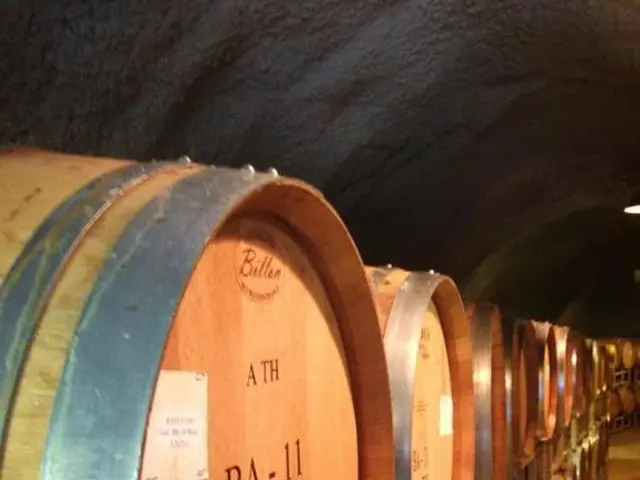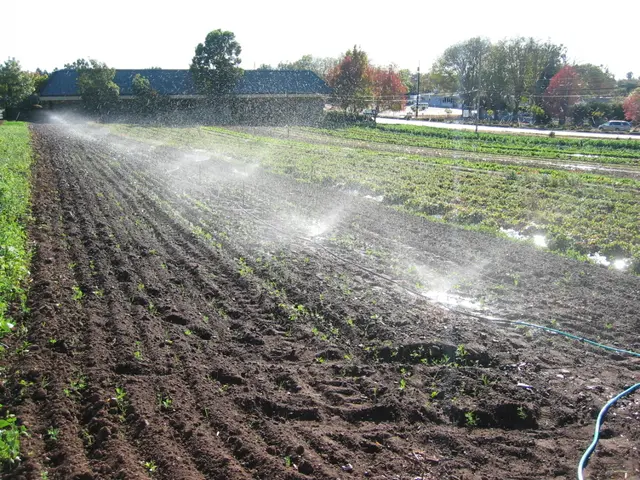OPEC+ boosts oil production, starting in July
Vienna - In a strategic move, the OPEC+ oil cartel, led by Saudi Arabia and Russia, plans to increase production by 411,000 barrels per day (bpd) in July. This marks the third consecutive month of such an increase, as announced following an online meeting of the group.
The decision was motivated by stable global economic perspectives and robust market fundamentals, according to the OPEC+ statement. In the past few months, the alliance has already agreed to a similar increase of 411,000 bpd for May and June. Analysts at Commerzbank anticipate that this move will not significantly impact oil prices due to the market's expectation of this development.
OPEC+ is a coalition of the Vienna-based Organization of the Petroleum Exporting Countries (OPEC) and partner nations, collectively accounting for approximately 40% of global oil production. According to the group's latest data, OPEC+ produced an average of 40.9 million bpd in April.
The eight core states of the cartel have made consecutive cuts in their production, totaling 2.2 million bpd from early 2024. Starting from April 2025, the coalition has initiated a gradual unwinding of these cuts, planning to bring the supply back to the market over an 18-month period ending in September 2026.
The OPEC+ strategy revolves around regaining market share over maintaining high oil prices, signifying a departure from their previous strategies aimed at supporting prices by limiting supply. By focusing on higher production volumes, the group hopes to offset lower per-barrel revenues, notably competing with shale producers who face increasing costs and decreasing profits.
The increased production is exerting downward pressure on global oil prices, which have recently fallen to four-year lows below $60 per barrel. Although this could potentially lead to lower fuel prices for consumers, it poses challenges for high-cost producers, particularly U.S. shale operators, who now require prices above $65 per barrel to remain profitable.
The OPEC+ industry strategy, aimed at regaining market share rather than maintaining high oil prices, is planned to increase production in July, mirroring previous months' decisions. With the alliance accounting for nearly 40% of global oil production, this move in the energy sector could potentially lower oil prices in finance, reaching four-year lows below $60 per barrel, and further decreasing fuel prices for consumers, yet posing challenges for high-cost producers such as U.S. shale operators who require prices above $65 per barrel to remain financially viable.








